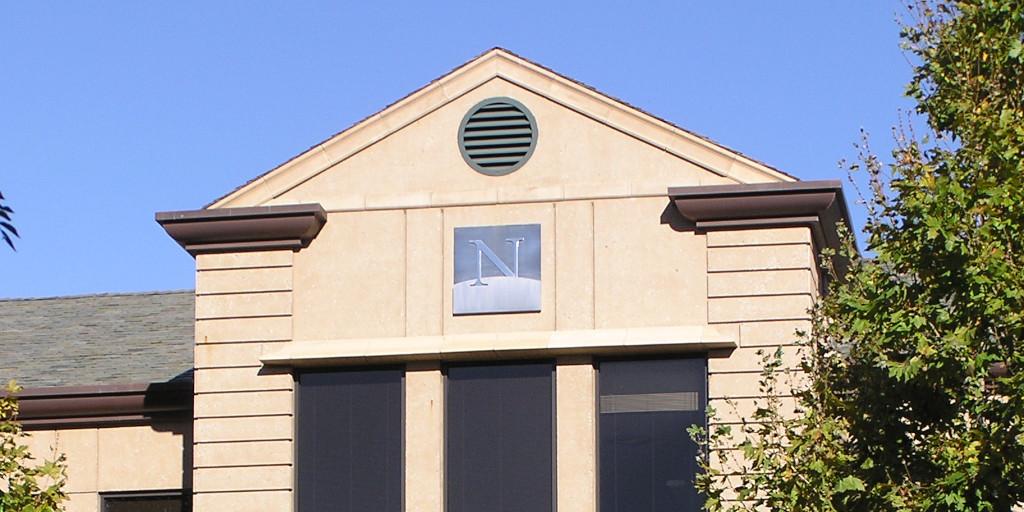Most authors transfer their copyright to the ACM when having their papers published and archived in the ACM Digital Library. While the ACM allows authors to provide their papers on personal servers for non-commercial purposes, the goal recognizably is to make the DL not only the primary source of such material, but also the only source.
A second less well-known option for authors is to sign the “permission release” form, granting the ACM the right to publish the work, but without loosing the copyright to it. Authors keep the rights to their work while still having the paper published and archived in the DL. Then, the DL becomes one source of the paper, but not the only one. This option is typically made available only under special circumstances, for example, if you are working for the Canadian government.
The recent publication of the Proceedings of the 2006 Conference on Pattern Languages of Programming may signify an important change in this regiment.
For this proceedings, (almost) all authors chose to keep the copyright to their paper. This is in line with the patterns community tradition of building on prior written work and being able to easily incorporate it into future works. Some authors took the next step and decided to provide their work under an open content license. For example, for my Value Object pattern paper, I chose the Creative Commons BY-SA license. Many of these papers are now free to be posted on further servers and to be incorporated into other collections.
I hope that this collection is not the last of its kind but rather signifies a shift towards a license agnostic ACM Digital Library, where the DL may be an important provider of papers, but not the only one. If so, the DL’s business model has to change, as competing services like Google Scholar may try to displace it as the go-to place for researching prior and related work. I think the DL is well on its way with new and added services, but of course it will be a tough fight against a corporate behemoth like Google.
To this end, we should help the ACM figure out a new open access business model. One option, of course, is to subsidize the DL through membership fees. However, this is a rather tricky solution as subscription rates are always fickle. The ACM has been friendly and supportive of its community and it will need our help on this one. As a non-profit its goal is not to make a profit but rather serve its membership and its larger mission. A license agnostic digital library is an important step, but we need to help the ACM to make it stick.








Leave a Reply